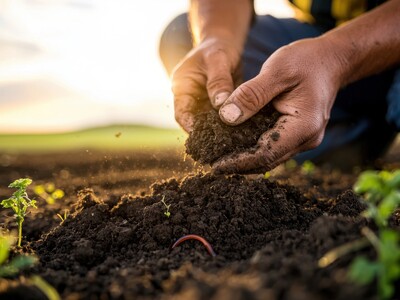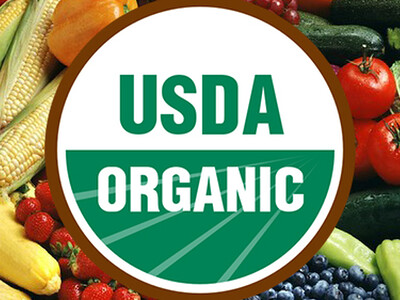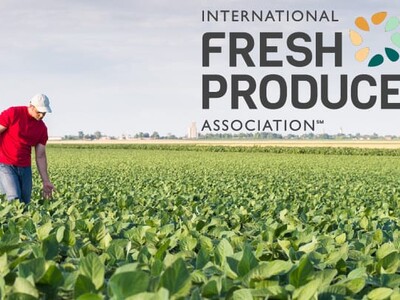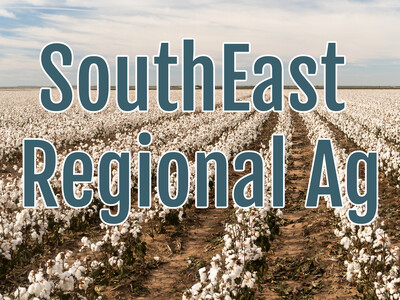Donated and Direct-Market Meat
What began as one rancher’s effort to help meet his local food bank’s 300% increase in demand last spring has progressed to the development of the first federally inspected non-profit purchased and run meat processing facility in the country.When stay-at-home orders were put in place in Montana last March, many in rancher Matt Pierson’s community of Livingston lost their jobs or were furloughed or laid off – leaving them struggling to feed their families. When Pierson learned of the skyrocketing demand at the local food bank, the fifth-generation rancher did what farmers and ranchers live to do: He figured out a way to feed people.
Pierson asked fellow ranchers to donate cattle, raised money for processing costs, and found processors that were willing to handle the donated livestock quickly. Pierson had no trouble finding generous producers or willing processors. Not long after he launched his effort via phone calls, emails, and online requests, he started The Producer Partnership.
“Montanans always want to help each other. The Producer Partnership is a natural extension of that,”
Pierson said. The Producer Partnership is working with the Montana Food Bank Network to distribute their hamburger. Credit: The Producer Partnership
Ranchers and processors were so committed to the effort, the food banks in and around Livingston soon ran out of freezer space, so the Producer Partnership expanded its reach to provide donations throughout the Montana Food Bank Network.
“When we went to drop off our first 1,000 pounds of meat in Billings, they were down to their last package of hamburger in the freezer,” he said.
Eventually, though, The Producer Partnership ran into the same trouble ranchers across the country were facing: a backlog of production due to COVID-19-related slowdowns or even temporary closures at beef processing facilities. Producers had to hold onto their livestock much longer than expected, which created a whole host of problems including increased feed costs, higher-than-desired livestock weights and on-farm capacity issues.
Determined to figure out how to do things differently, Pierson and The Producer Partnership are having a modular processing facility built. It will have four units, each 12’ x 50’, and will function as a full facility. Though feeding the hungry is a driving force behind the development of the facility, producers in the area will benefit too.
The facility “will allow us to process donated animals as soon as we can get them in. We’ll also be going after the direct-to-consumer market. We want to work with ranchers who are trying to start their own labels and sell directly to consumers,” he explained.

















